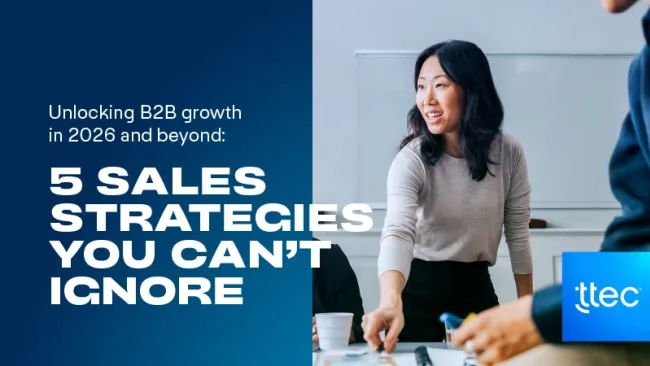Increasingly, customers expect personalized experiences as a standard of service. But as consumers, we all know that the quality of personalized experiences is not equal. As customer expectations rise, the margin for error is rapidly shrinking. It’s time for brands to step up their personalization strategies. Here’s what brands can do to get personalized experiences right in a rapidly shifting customer experience landscape.
Raising the personalization bar
More than half (63 percent) of consumers expect personalized service and believe they are recognized as an individual when receiving special offers, according to a recent Harris Poll that surveyed more than 3,000 consumers in the U.S., U.K., and Canada. However, many respondents described their interactions with brands as “very frustrating” such as when receiving an offer for a recently purchased item (34 percent), irrelevant offers (33 percent), or when a brand fails to recognize them as an existing customer (31 percent).
Ensuring that customers don’t receive offers for products they’ve already purchased and greeting returning customers appropriately are problems that are increasingly easy to solve with a few tweaks to marketing automation and CRM systems. But what happens after the low-hanging fruits of personalization have been captured?
More than ever, it’s important for brands to have an in-depth understanding of their customers’ needs, points out Shahla Hebets, founder and CEO of Think Media Consulting. “Personalized experiences can take many forms, so it is unlikely that two companies would be offering identical experiences,” she says. However, “the company who understands the unique needs of the customer better will prove more successful. The latter will deliver the personalized experience in alignment with the authentic needs, wants and desires of their customers.”
Put the ‘person’ in personalization
Personalization trends like location-based ads, dynamic content, and localized stores abound but the “point is not to copy the personalization of competitors, but rather to understand the customer and provide personalized, customer-centric experiences,” Hebets says.
For instance, research shows that more and more consumers expect brands to take a stance on social and political issues. “2020 will see purpose-driven brands own the market growth based on consumers’ willingness to support lesser known brands with a cause,” Hebets notes. Customers, she continues, “will not only want distinct experiences with brands, but they will purchase from brands that represent their values.”
But consumers are also wary of inauthenticity. Forrester estimates that in 2020, 1 out of 4 firms will lose more than 1 percent of revenue by responding poorly to a social issue. To avoid this mistake, business leaders should ask themselves: What experiences or values are important to their customers and how can the company align itself with those values in a way that’s organic to the brand?
Companies also face a perennial issue that is only growing larger—how to create personalized experiences at scale. Hebets’ advice is to start with key locations and customer groups. If a company has many stores, for example, focus on offering unique experiences at flagship or top stores exclusively and expand from there.
It also goes without saying that personalization should be implemented throughout the customer experience, both offline and online. “Once you know what your customers value, then you can customize content, landing pages, and email marketing messaging that speak to their specific interests, challenges or needs,” Hebets says. “Incorporating these tactics across all platforms is certainly a long-term goal, but it can start with selective personalization and then build to omnichannel or enterprise level personalization.”
The key takeaway is that every personalization strategy must begin with the customer. Anything else is just noise.















